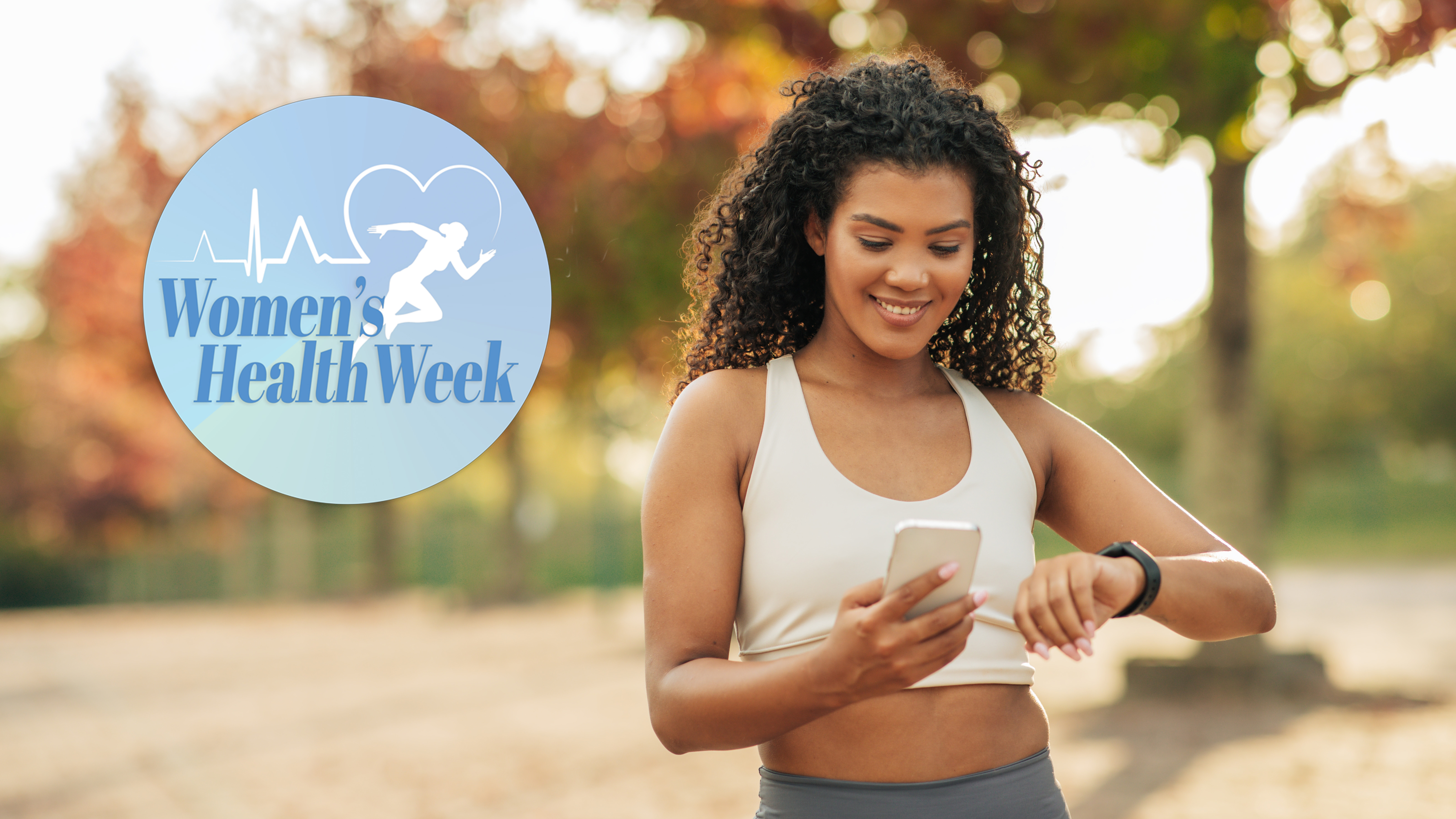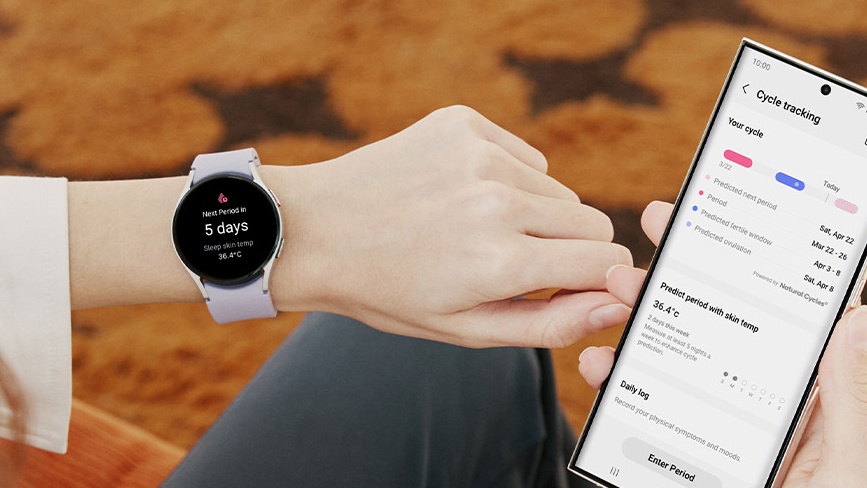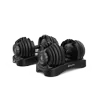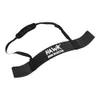Your heart rate could signal this about your reproductive health, says new Whoop study
These two heart rate figures could tell you more about your hormones.

Like many women, I track my menstrual cycle, and I find it’s a great way to learn more about my overall health and well-being. Whether I’m noting fluctuations in mood or energy levels or simply checking when I can expect my period, my Oura Ring 4 has me covered.
This article is part of Tom's Guide's Women's Health Week — a series of content that explores how technology and the right workouts can support and empower women through every phase of life.
Most of the best fitness trackers or smartwatches, from smart rings like Oura to the Apple Watch, or Garmin, can tell you what your health looks like from nearly every angle — recovery, menstrual cycle and stress levels are just a few examples — so it’s no surprise that your Whoop device can too.
A new 2024 study published in Nature's Digital Medicine Journal and led by Whoop researchers can tell you how changes to your cardiovascular function could reveal more about your reproductive health and potential underlying health conditions.
Here’s everything the study found — and how the data could help you.
What is the Whoop study?

Your menstrual cycle can tell you a whole lot more about your health than you might realize. And now, researchers have developed a digital biomarker for tracking the menstrual cycle using your wearable and cardiovascular health.
Researchers of this study collected cardiovascular and menstrual cycle data from 11,590 global Whoop users — 9,968 natural cyclers who weren’t using birth control pills and 1,661 who were.
Using wrist-worn wearable biometric data, the team investigated cardiovascular fluctuations in resting heart rate (RHR) and heart rate variability (HRV), which they called “cardiovascular amplitude.” Both are known to vary, and the study examined a whopping 45,811 menstrual cycles to learn more.
Get instant access to breaking news, the hottest reviews, great deals and helpful tips.
Through the study, researchers hoped to know more about the reproductive lifespan and identify what menstrual irregularities (if any) occur using the continuous monitoring capabilities of the wearable and its biometric data, making it an incredibly unique study.
The results: What this means for you

They found patterns! Fluctuations occurred in a “regular and predictable pattern across the menstrual cycle,” with those fluctuations significantly tempered (reduced) in those using hormonal birth control or those who were older or with a high BMI.
For those with cycles who weren’t using hormonal contraception, resting heart rate decreased at the start of each cycle, reaching its lowest point around day five, then rising to its highest point around day 26. The researchers hypothesize this could be linked with progesterone increasing during the luteal phase, which is “dampened” when using birth control.
In contrast, heart rate variability showed a reverse trend, reaching the highest point at roughly day five, then the lowest point around day 27.
Those using hormonal birth control had a significantly lower cardiovascular amplitude, and reduced amplitude was also found in those with higher BMI and those of older age.
While we now know that BMI is an unreliable metric, there’s still a link between those with high BMI and irregular cycles and hormonal imbalances.
We also know that perimenopause and menopause signal a drop in the hormones estrogen and progesterone, which is more commonly associated with age and or reaching your last menstrual cycle.
In short, researchers believe cardiovascular amplitude and its fluctuations could be a useful measure of your hormonal balance and cycle health. Measuring your resting heart rate and heart rate variability near the beginning and end of your cycle could help you track your unique menstrual cycle and hormones using your wearable.
Verdict
Further investigation is needed, and the evidence is in its infancy, but it’s a promising start for making reproductive health more readily accessible to women.
Using your wearable, you may be able to look at two cardiovascular metrics at two stages in your cycle to help assess your female reproductive hormones across your menstrual cycle, over time, learning your "normal."
Researchers believe this study shows a “major difference” in the cardiovascular physiology during the menstrual cycles of females naturally cycling versus those using hormonal birth control, plus how this changes with age and BMI.
Understanding more about your body and tracking your version of “normal” may help you become more in tune and informed about your body.
If you are worried about your menstrual cycle, hormonal health, or heart rate, always seek medical advice as a priority. We never encourage wearable users to self-diagnose without first seeking medical advice or relying solely on wearable data.
More from Tom's Guide
- How to use the menstrual tracking feature on your Garmin
- Exercise cycling: How to train for your menstrual cycle
- Oura Ring just got a huge new upgrade for women's health

Sam Hopes is a level 3 qualified trainer, a level 2 Reiki practitioner and fitness editor at Tom's Guide. She is also currently undertaking her Yoga For Athletes training course.
Sam has written for various fitness brands and websites over the years and has experience across brands at Future, such as Live Science, Fit&Well, Coach, and T3.
Having coached at fitness studios like F45 and Virgin Active and personal trained, Sam now primarily teaches outdoor bootcamps, bodyweight, calisthenics and kettlebells.
She also coaches mobility and flexibility classes several times a week and believes that true strength comes from a holistic approach to training your body.
Sam has completed two mixed doubles Hyrox competitions in London and the Netherlands and finished her first doubles attempt in 1:11.
You must confirm your public display name before commenting
Please logout and then login again, you will then be prompted to enter your display name.










